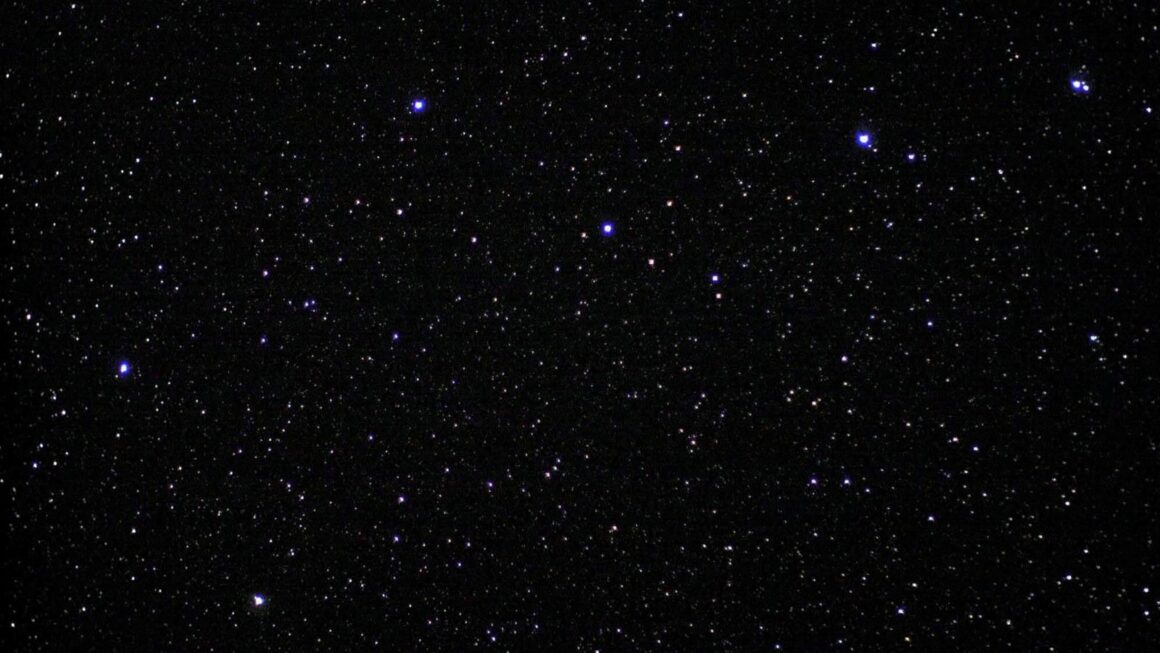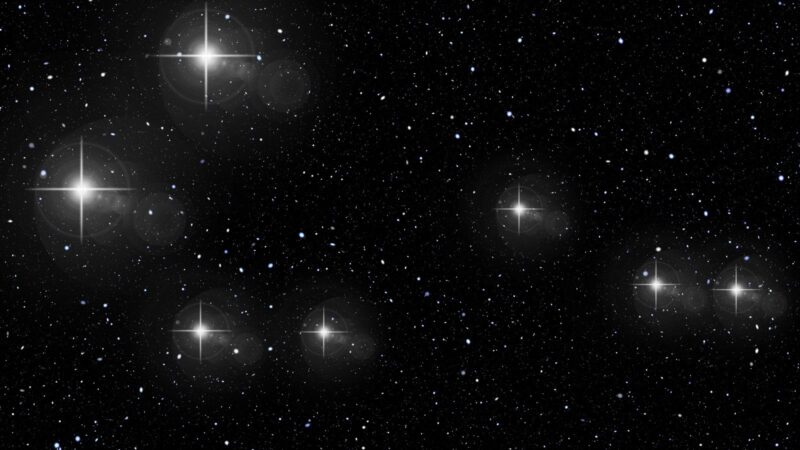In the vast expanse of the universe, certain celestial wonders captivate astronomers and stargazers alike. Among these are the enigmatic Blue:qmzebj_3ktc= Stars, whose striking hue and mysterious nature spark curiosity and intrigue. While their name might sound like a cryptic code, these stars hold secrets that could unlock new understanding of cosmic phenomena.These stars shine with an intensity that belies their seemingly random designation. Their radiant blue color isn’t merely for show; it signifies unique characteristics and processes occurring within. As scientists delve deeper into their study, they uncover clues about the life cycles of stars and the intricate dance of elements that fuels their brilliance.
Blue:qmzebj_3ktc= Stars
Blue:qmzebj_3ktc= Stars are celestial bodies characterized by their intense blue hue and unique spectral signature. They possess high surface temperatures, typically exceeding 20,000 Kelvin, making them some of the hottest stars known. These stars emit significant radiation in the ultraviolet spectrum due to their extreme temperatures, contributing to their distinctive appearance. Their composition often includes ionized elements such as helium and oxygen, detected through detailed spectroscopic analysis.

These stars, typically more massive than the sun, are usually found in young, active star-forming regions. Their brilliance and energy output play a crucial role in the dynamics of their stellar neighborhoods, influencing the formation of nearby celestial objects. Despite their rarity, they are invaluable to astronomers seeking to understand stellar evolution and the lifecycle of massive stars. Studying Blue:qmzebj_3ktc= Stars offers insights into the fundamental processes that drive the cosmos, expanding the boundaries of astrophysical knowledge.
Blue:qmzebj_3ktc= Stars shine with a distinctive blue hue due to their hydrogen emissions, combined with high temperatures. Their brilliance surpasses many stellar counterparts, as they emit a substantial amount of energy across the spectrum. Often observed in the ultraviolet range, these stars are among the brightest, significantly affecting the illumination of surrounding cosmic environments.
Formation Of Blue:qmzebj_3ktc= Stars
Blue:qmzebj_3ktc= Stars form through complex processes that govern their formation and influence their unique characteristics. Understanding these processes sheds light on the cosmic origins and evolution of these extraordinary celestial bodies.
Blue:qmzebj_3ktc= Stars originate within dense molecular clouds composed primarily of hydrogen and helium. These clouds undergo gravitational collapse, fueled by disturbances such as shock waves from nearby supernovae. As the cloud contracts, regions of higher density emerge, leading to the formation of protostars. Extensive pressure and temperature continue this cycle until nuclear fusion ignites within the core.
Stellar Evolution
As Blue:qmzebj_3ktc= Stars evolve, they burn hydrogen into helium through the CNO cycle—a nuclear fusion process dominant in massive stars with high temperatures exceeding 20 million Kelvin. This cycle quickly exhausts core hydrogen, leading to the star’s expansion into a supergiant phase. During this phase, changes in their core increase luminosity, significantly impacting their surroundings and contributing to the recycling of cosmic material into new star-forming regions.
The Role Of Blue:qmzebj_3ktc= Stars In The Universe
Blue:qmzebj_3ktc= Stars play an indispensable part in the cosmic landscape due to their remarkable properties and influence.
Blue:qmzebj_3ktc= Stars significantly shape galaxy evolution through their intense radiation and stellar winds. These massive stars release heavy elements during supernova explosions enriching the galactic medium. Their energy input regulates star formation rates within galaxies, creating feedback loops that either trigger or suppress new star formation. In starburst regions of galaxies, they dominate the energetic output and contribute to the ionization of interstellar hydrogen gas, forming H II regions which are vital for understanding galactic cycle mechanisms.
Impact On Cosmic Phenomena
These stars profoundly impact several cosmic phenomena. Their ultraviolet radiation affects the thermal state of surrounding clouds, influencing processes like molecular cloud fragmentation. Blue:qmzebj_3ktc= Stars serve as progenitors for supernovae and gamma-ray bursts, events that disperse heavy elements and accelerate cosmic rays. They are central in tracing mass distribution in the universe due to their luminosity and unique spectral features, providing crucial data that map cosmic structures and test cosmological models.



